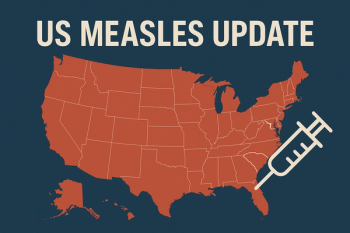
Researchers Create a Map of the Human Immune System
Researchers have developed a map of the networks of B-cells in the human body, shedding light on the intricate workings of the immune system.
A team of researchers from the University of Pennsylvania’s Perelman School of Medicine have mapped what they say is the anatomic atlas of B cells in the human body, shedding light on how the immune system controls infections.
As part of the human immune system, white blood cells called
In a new
In the study, funded by the National Institutes of Health and the Department of Education’s Graduate Assistance in Areas of National Need program, the research team genetically sequenced the part of the B-cell gene that helps create diverse antibodies, and then used new data analysis and visualizing tools to plot their findings in a map, which took more than two years to develop. The study team noted that B-cells fight infection locally to activate immunity nearby in specific tissues, and that this infection-fighting activity differs from tissue to tissue. In a notable finding, the researchers say that they observed more B-cells in the gastrointestinal tract, which is home to a highly diverse array of antibodies.
“Presumably, this is because the gut is one of the organs that is constantly bombarded by stimuli from the environment — whether the stimuli that drive these B-cell clones are derived from the microbiome or other pathogens is not yet known,” said Dr. Prak.
By creating what they say is effectively an anatomic atlas of the properties and tissue connections of the network of B-cell clonal lineages in the human body, the authors write that their findings can help inform future studies on tissue-based immunity, such as vaccine responses, infections, autoimmunity and cancer. Possible applications of the new map may help researchers monitor tissue-specific immune responses in the future, immune responses to vaccines, or inappropriate antibody responses to organ-specific autoimmune diseases.
Feature Picture: Colorized scanning electron micrograph of a B cell from a human donor. Feature Picture Source: NIAID / flickr / Creative Commons.
Newsletter
Stay ahead of emerging infectious disease threats with expert insights and breaking research. Subscribe now to get updates delivered straight to your inbox.

















































































































































































































































































